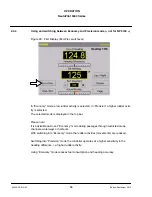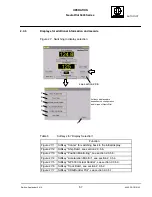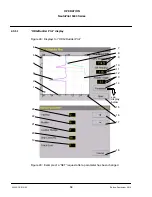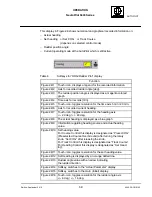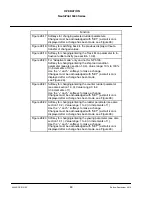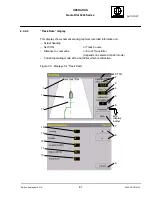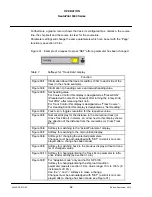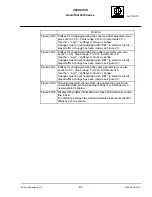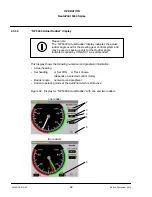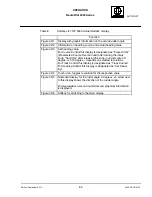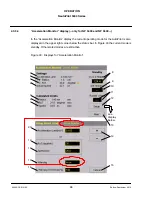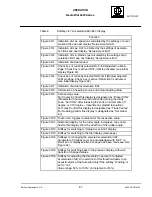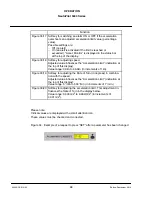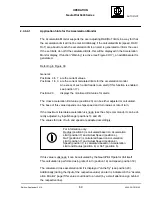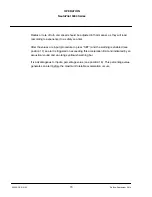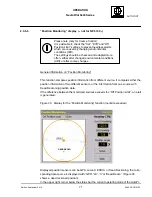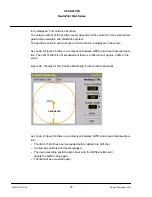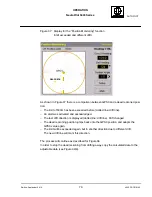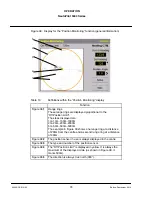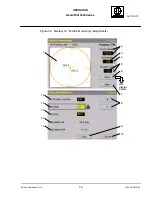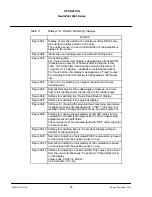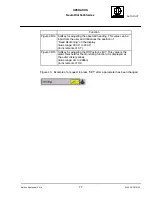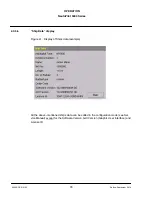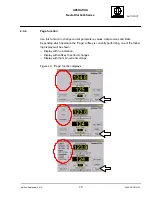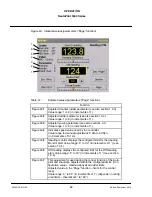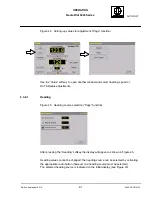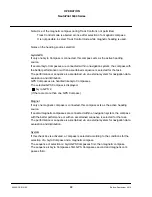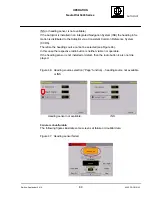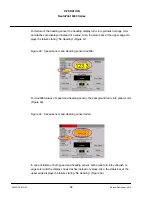
OPERATION
AUTOPILOT
NautoPilot 5000 Series
69
4002.DOC010102
Edition: September 2014
2.3.5.4.1
Application hints for the Acceleration Monitor
The Acceleration Monitor supports the user adjusting RAD/RoT limits in a way for that
the acceleration limit will not be met. Additionally, if the calculated limits (speed, RAD/
RoT) are about to reach the acceleration limit, an alert is generated to inform the user.
If the set limits do not fit the calculated limits, this will be displayed in the Acceleration
Monitor display. If function “Warning” is active (see Figure 33/17), an additional alert is
generated.
Referring to Figure 33
General:
Positions 4 to 7 are the current values.
Positions 1 to 3 are the current calculated limits for the acceleration monitor.
An excess of such a limit leads to an alert (if this function is enabled
see position 17).
Position 20
displays the monitored limit value for alerts.
The cross acceleration limit value (position 20) can be either adjusted or calculated.
The base of this value depends on ships speed and turn radius or rate of turn.
If the maximum tolerable acceleration is known (ask the ship‘s command), it can be di-
rectly adjusted, by input/change (positions 14 and 20).
The values for rate of turn and speed are adapted accordingly.
For information only:
Radius (position 3) is calculated based on Acceleration
Limit (position 7) and Actual Speed (position 4).
RoT (position 2) is calculated based on Acceleration
Limit (position 7) and Actual Speed (position 4).
Speed (position 1) is calculated based on Acceleration
Limit and Radius (position 6) or RoT (position 5).
If this value is unknown it can be calculated by the NautoPilot Operator Unit itself.
This calculation is performed using rate of turn (position 19) and speed (position 18).
The calculated cross acceleration limit is displayed “on the fly” (see position 20).
Additionally (during the input of the respective value) an alert is indicated in the “Acceler-
ation Monitor” page if this value could lead to an alert (by a small attention sign behind
the respective line).


